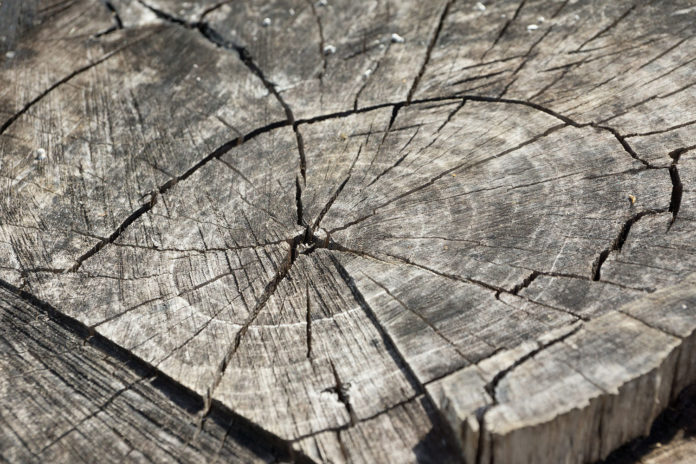Compared with traditional lithium-ion battery systems, solid-state batteries could achieve greater safety and higher energy density. However, the existing solid ion conductors fail to satisfy the rigorous requirements of battery operations.
Now, a research team from Brown University and the University of Maryland has developed a new material for use in solid-state batteries that’s derived from trees. Researchers demonstrate a solid ion conductor that combines copper with cellulose nanofibrils, which are polymer tubes derived from wood. This paper-thin material boasts a conductivity between 10 to 100 times better than other polymer ion conductors. Researchers say it could be used as either a solid battery electrolyte or as an ion-conducting binder for the cathode of an all-solid-state battery.
Current lithium-ion batteries use electrolytes made from lithium salt dissolved in a liquid organic solvent. At high currents, tiny filaments of lithium metal – dendrites – can form in the electrolyte leading to short circuits. The liquid electrolytes are made with flammable and toxic chemicals, which can catch fire if the device short circuits.
Solid electrolytes can be made from non-flammable materials, have the potential to prevent dendrite penetration, and might open up entirely new possibilities around battery architecture. Many of the solid electrolytes investigated so far are made from ceramic materials, which are great at conducting ions, but they’re also thick, rigid, and brittle. They are highly effective at conducting ions but don’t stand up so well to stresses during manufacturing as well as charging and discharging, leading to cracks and breaks.
However, the new material introduced in the study is thin and flexible, almost like a sheet of paper and its ion conductivity is on par with ceramics. The modeling study revealed that the copper increases the space between cellulose polymer chains, which creates ion superhighways, enabling lithium ions to travel with record efficiency.
“By incorporating copper with one-dimensional cellulose nanofibrils, we demonstrated that the normally ion-insulating cellulose offers a speedier lithium-ion transport within the polymer chains,” said Liangbing Hu, a professor at the University of Maryland’s Department of Materials Science and Engineering. “In fact, we found this ion conductor achieved a record high ionic conductivity among all solid polymer electrolytes.”
Researchers also say it has the electrochemical stability to accommodate a lithium-metal anode and high voltage cathodes or could act as a binder material that encases ultra-thick functional cathodes in high-density batteries.
“The lithium ions move in this organic solid electrolyte via mechanisms that we typically found in inorganic ceramics, enabling the record high ion conductivity,” Qi said. “Using materials nature provides will reduce the overall impact of battery manufacture to our environment.”
They are hopeful that the new material could be a step toward making bringing solid-state battery technology to the mass market.
